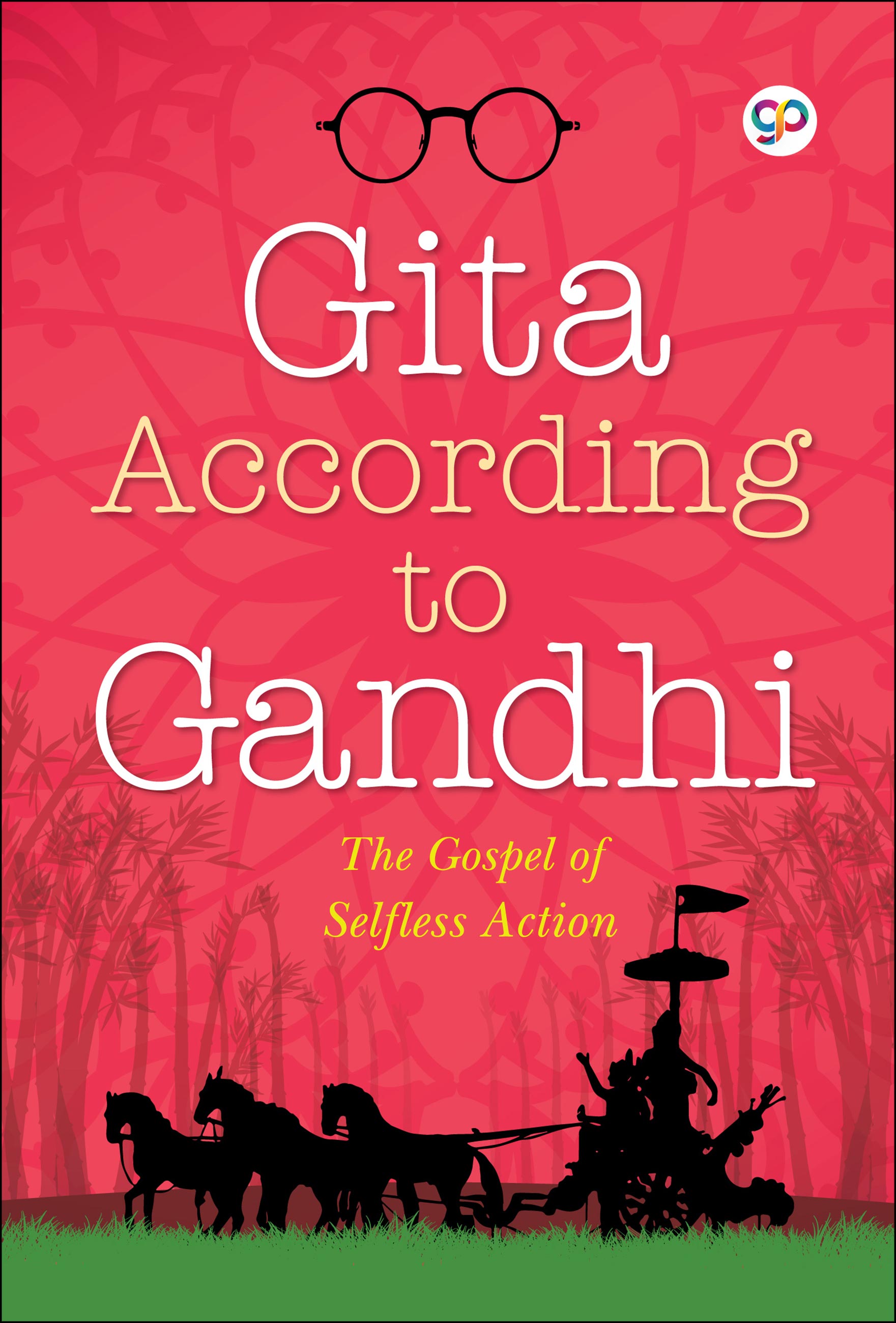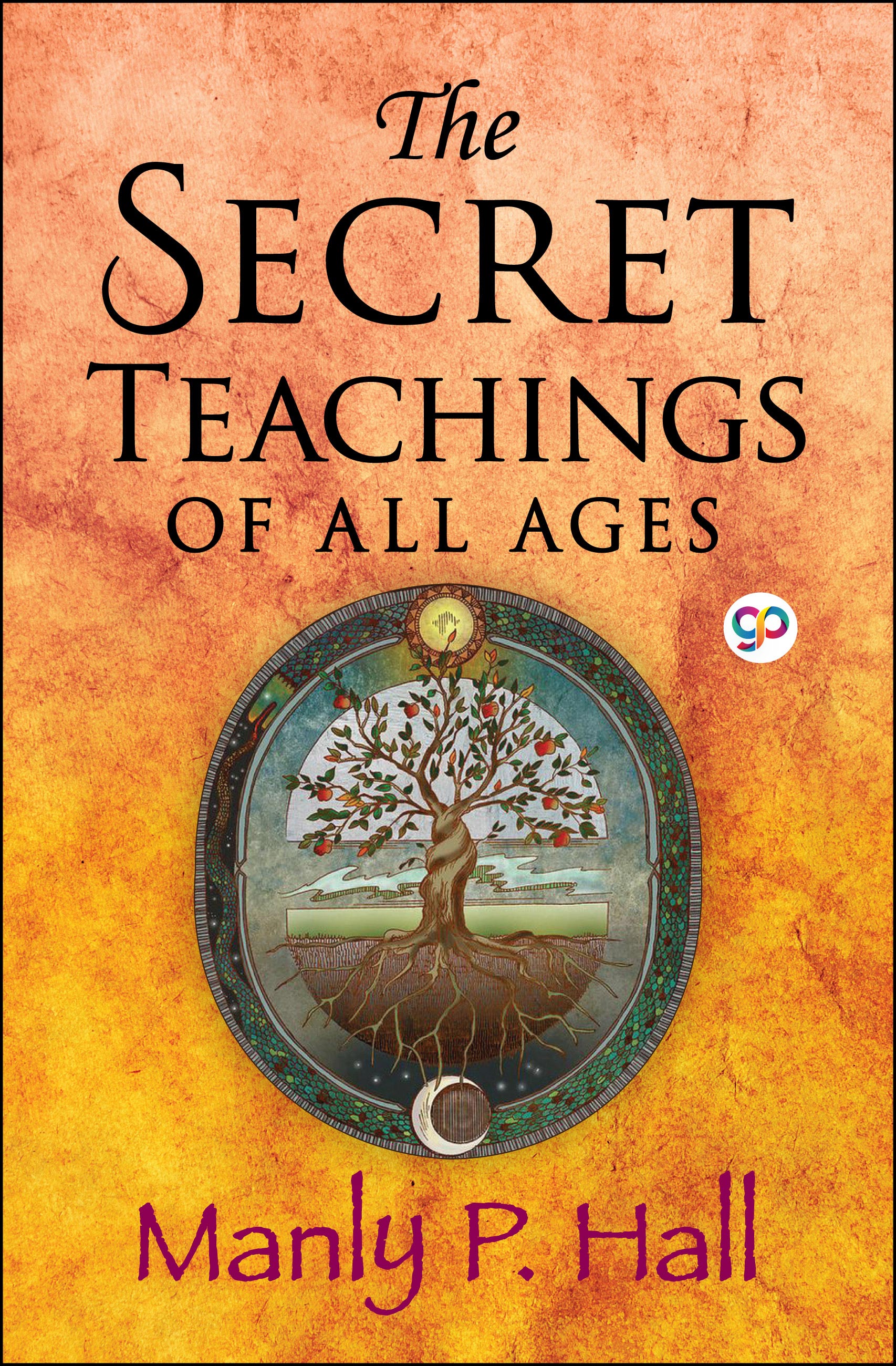
The Future of an Illusion (Paperback)
First published in 1927, ‘The Future of an Illusion’ examines the roots of society and religion, written by Sigmund Freud, an Austrian neurologist and the founder of psychoanalysis, a clinical method for evaluating and treating pathologies in the psyche through dialogue between a patient and a psychoanalyst.
This is Freud's best-known and most assertive psychoanalytic investigation of religion and is the fruition of a lifelong practice of reflection. Freud uses his understanding of psychology to examine the roots of both civilization and religion. This takes the form of a comprehensive essay, with Freud forming an argument throughout its chapters about the history of religion and the part it should play in society’s future.
Freud wrote a number of influential books that popularized his psychoanalytic theories, such as ‘The Interpretation of Dreams’ (1899) and ‘The Ego and the Id’ (1923).
“Immorality, no less than morality, has at all times found support in religion.”
—Sigmund Freud, The Future of an Illusion
BEST SELLERS
About the Author
Sigmund Freud (1856-1939) is one of the twentieth century's greatest minds and the founder of the psychoanalytic school of psychology. His many works include 'The Ego and the Id', 'An Outline of Psycho-Analysis', Civilization and Its Discontent, and others.
He was an Austrian neurologist who became known as the founding father of psychoanalysis. Freud qualified as a doctor of medicine at the University of Vienna in 1881, and then carried out research into cerebral palsy, aphasia and microscopic neuroanatomy at the Vienna General Hospital. He was appointed a university lecturer in neuropathology in 1885 and became a professor in 1902.
In creating psychoanalysis, a clinical method for treating psychopathology through dialogue between a patient and a psychoanalyst, Freud developed therapeutic techniques such as the use of free association and discovered transference, establishing its central role in the analytic process. Freud's redefinition of sexuality to include its infantile forms led him to formulate the Oedipus complex as the central tenet of psychoanalytical theory. His analysis of dreams as wish-fulfillments provided him with models for the clinical analysis of symptom formation and the mechanisms of repression as well as for elaboration of his theory of the unconscious as an agency disruptive of conscious states of mind.
Read Sample
Chapter 1
Having lived for quite some time within a specific culture and tried repeatedly to study the nature of its origins and the path of its development, one also feels tempted just occasionally to turn and look in the other direction and ask what fate has in store for that culture and what changes it is destined to undergo. One quickly becomes aware, however, that any such venture is invalidated from the outset by several factors, chief among which is that only a few individuals are capable of commanding an overview of human activity in all its ramifications. Most people have found it necessary to concentrate on one or a small number of fields; yet the less a person knows about past and present, the shakier that person’s judgement will inevitably be with regard to the future. Another factor is that, in this judgement in particular, the subjective expectations of the individual play a role that is hard to assess; yet those expectations turn out to depend on purely personal elements in an individual’s own experience, his or her more or less hopeful attitude to life, as dictated by temperament and by degree of success or lack of it. Lastly, there is the effect of the remarkable fact that people in general experience their present almost naively, unable to appreciate what it holds; they must first put some distance between it and them - in other words, the present must first have become the past before it will furnish clues for assessing what is to come.
So anyone yielding to the temptation to pronounce on the probable future of our culture will do well to bear in mind the reservations outlined above—likewise the uncertainty that, as a general rule, attaches to any prediction. The consequence for me is that, in my haste to flee this excessive task, I shall swiftly resort to the smaller, more restricted area on which my attention has been focused hitherto, having first determined where that are a lies in relation to the larger picture.
We know that human culture, by which I mean everything in which human life has risen above its animal circumstances and in which it distinguishes itself from animal life (and I refuse to separate culture and civilization), shows the observer two sides. It includes on the one hand all the knowledge and skill that humanity has acquired in order to control the forces of nature and obtain from it goods to satisfy human needs, and on the other hand all the institutions that are required to govern the relations of human beings one to another and in particular the distribution of such goods as can be obtained. The two directions of culture are not independent of each other, firstly because the mutual relations of human beings are extensively influenced by the amount of drive-satisfaction made possible by the commodities available, secondly because the individual human being can himself, vis-à-vis another person, assume the relationship of a commodity in so far as that other person makes use of the said individual’s labour or takes the individual as sexual object, but thirdly because every individual is, in virtual terms, an enemy of culture, which is in fast supposed to constitute a universal human interest. It is a curious fact that human beings, incapable of living in individual isolation, nevertheless find the sacrifices that culture asks of them in order to make human co-existence possible a heavy load to bear. Culture, in other words, needs to be defended against the individual, and its arrangements, institutions and decrees all serve that end. Their purpose is not only to put in place a certain distribution of goods but also to maintain it; there is a need, in fact, for them to protect against the hostile impulses of humanity everything that serves to tame nature and generate commodities. Human creations are easily destroyed, and science and technology, having built them up, can also be used to tear them down.
This gives the impression that culture is something imposed on a reluctant majority by a minority that has managed to gain possession of the instruments of power and coercion. The natural assumption is of course that these difficulties are not of the essence of culture itself but spring from the imperfections of the forms of culture developed hitherto. Indeed, it is not hard to demonstrate such shortcomings. Whereas humanity has made continuous advances in controlling nature and can expect to make even greater ones, similar progress in the government of human affairs cannot be ascertained with any certainty, and it has doubtless always been the case (as it is again today) that many people wonder whether this bit of their cultural inheritance is in fact worth defending. One would think that some rearrangement of human relationships must be possible such as would cause the sources of dissatisfaction with culture to dry up by renouncing coercion and the suppression of drives and allowing people to devote themselves to acquiring and enjoying commodities undisturbed by inner discord. That would be the Golden Age, except that one wonders whether such a condition can ever be realized. It seems instead that every culture must be based on coercion and drive renunciation; it does not even appear certain that, with coercion removed, the majority of human beings will be prepared to take upon themselves the labour that must be performed if greater quantities of essential commodities are to be obtained. We need in my view to accept that destructive (i.e. anti-social and ant-cultural) tendencies are present in all human beings and that in a largest proportion of people such tendencies are powerful enough to dictate their behavior within human society.
This psychological fact assumes crucial importance as regards assessing human culture. Whereas our first impression was that the key thing about culture was the conquest of nature in order to obtain the commodities essential to life and that the dangers threatening culture could be removed by effective distribution of such goods among human beings, the emphasis now seems to have shifted away from the material towards the mental. It becomes crucial whether and to what extent the burden of the libidinal sacrifices imposed on human beings can be successfully lighted and human beings reconciled to and compensated for the part of that burden that inevitably remains. Domination of the mass by a minority can no more be dispensed with than coercion to perform cultural work, because masses are lethargic and unreasonable, they are averse to renouncing their drives, they cannot be persuaded by arguments that this is unavoidable, and individuals within masses reinforce one another in giving free rein to their lack of restraint. Only the influence of exemplary individuals whom they accept as their leaders will induce them to perform the labour and suffer the voluntary privations on which the continued existence of culture depends. It is all very well, such leaders being persons with a superior understanding of the necessities of life who have brought themselves under control so far as their own libidinal desires are concerned. However, there is a risk so far as they are concerned that, in order to retain their influence, they will yield to the mass more than the mass yields to them, which is why it seems necessary for them to have access to instruments of power making them independent of the mass. In short, two very common properties of human beings are to blame for the fact that only through a measure of coercion can cultural institutions be upheld; humans are not, of their own volition, keen on work, and arguments are powerless against their passions.
I know what will be said against these remarks. The objection will be raised that the character of human masses as portrayed here, which supposedly proves the indispensability of coercion for culture activity, is itself simply the result of defective culture institutions that have made human beings bitter, vindictive and unapproachable. Fresh generations, full of love and brought up to respect intellectual achievement, having early experience of the benefits of culture, will also have a different attitude towards it; they will see it as their very own possession, and they will be prepared to offer it the sacrifices of labour and libidinal satisfaction required for its preservation. They will be able to dispense with coercion and will differ little from their leaders. If human masses of such quality have not existed in any culture hitherto, the reason is that no culture has yet hit upon the institutions that will influence people in such a way—and do so from childhood on.
One may doubt whether it is at all or indeed already (given the present state of our control over nature) possible to produce such cultural institutions, one may wonder where they are to come from, this body of superior, rock-steady, self less leaders who will need to educate future generations, one may shrink from the appalling amount of coercion that will become unavoidable if such plans are ever to be implemented. The splendour of the intention and it importance for the future of human culture are beyond dispute. It rests securely on the psychological insight that humans are equipped with the most diverse libidinal predispositions, which the experiences of early childhood point in their final direction. The limits of human educability will therefore also define the effectiveness of any such culture change. It may be doubted whether and to what extent a different culture environment will be capable of erasing the two qualities of human masses that make leadership of human affairs so difficult. The experiment has never been made. In all probability, a certain percentage of human beings will always (because of morbid predispositions or excessively powerful drives) remain asocial, but even if we simply manage to bring today’s anti-cultural majority down to a minority we shall have achieved a great deal-possibly all that can be achieved.
I do not want to give the impression that I have wandered a long way from the path of my investigation, as announced above. So let me say expressly that I have no intention of passing judgment on the great cultural experiment currently being conducted in the stretch of land between Europe and Asia. I have neither the knowledge nor the ability to pronounce on its feasibility, to examine the suitability of the methods being applied, or to measure the inevitable gulf between plan and execution. What is happening there, being incomplete, does not allow of the kind of consideration for which our long-consolidated culture presents the material.
Chapter 2
Suddenly, we have slipped out of the economic sphere and into the psychological. We were tempted at first to look for the content of culture in terms of the commodities available and the institution set up to distribute them. With the recognition that every culture rests on an obligation to work and on a renunciation of drives and therefore inevitably evokes opposition in the person to whom those demands apply, it became clear that commodities themselves, the means of obtaining them, and the arrangements for their distribution cannot be the essential or sole constituent of culture. The reason is that they are under from the rebelliousness and addiction to destruction of culture’s co-owners. In addition to commodities we now have the means that can serve to defend the culture, the instruments of coercion and other instruments changed with the task of reconciling people to it and compensating them for their sacrifices. The latter, however, may be described as the mental property of culture.
In the interests of a uniform mode of expression, let us call the fact that a driver cannot be satisfied ‘denial’, the institution that lays down that denial a ‘ban’, and the state that ban bring about ‘privation’. The next step is then to distinguish between privations that affect everyone and privations that do not affect everyone but only groups, classes, or even individuals. The former are the oldest; with the bans that they imposed, culture began the process of separation from the brutish primal state, no one knows how many thousands of years ago. To our surprise, we found that they are still influential, still from the nucleus of hostility to culture. The libidinal desires that suffer thereunder are reborn with every child; there is a class of people, namely neurotics, who react even to these denials with anti-social behavior. Such libidinal desires are those of incest, cannibalism and bloodlust. It sounds strange that these desires, condemnation of which appears to attract universal agreement, should be bracketed together with others, the granting or denial of which is so vehemently fought over in our culture, yet in psychological terms this is justified. Nor is the cultural stance adopted toward these earliest libidinal desires by any means uniforms: only cannibalism seems universally frowned on and beyond all non-analytical examination, while the strength of incestuous desires may still be sensed behind the ban, and murder is under certain circumstances still practiced (indeed, preached) in our culture. The future may well hold in store for us culture developments in which other, currently quite possible satisfaction of desire will seem as unacceptable as that of cannibalism does today.
Even in connection with these oldest drive-renunciations, a psychological factor comes into consideration that retains its significance for all rest as well. It is not true that the human mind had undergone no development since the earliest times and in contrast to the advances made by science and technology is the same today as at the beginning history. One much mental advance can be demonstrated here. It lies in the direction of our evolution that external coercion is gradually internalized in that a specific mental agency, namely the human Above-‘I’, takes it under its command. Every child acts out for us the process of such a change; in fact, it is what makes the child a moral and social being. This strengthening of Above-‘I’ is an extremely valuable psychological piece of cultural content. The person in whom it has occurred turn from being enemies of culture to being upholders of culture. The more numerous they are in a given cultural environment, the more secure that culture will be and the more likely it is to be able to dispense with external instruments of coercion. Now, the degree of such internalization varies widely so far as individual libidinal bans are concerned. As regards the oldest culture requirements mentioned above, internalization (leaving aside the unwelcome exception of neurotics) seems largely complete. The situation changes when one turns to the other libidinal demands. One then notices with surprise and concern that a majority of people will head the relevant culture bans only under pressure from external coercion-in other words, only where such pressure is able to make itself felt and so long as it inspires fear. The same applies with regard to those so-called ‘moral’ cultural requirements that are set for everyone similarly. Most of what is said about the moral unreliability of human beings belongs here. Untold numbers of civilized human beings who would recoil from murder or incest do not deny themselves satisfaction of their greed, aggression or sexual desires and will not hesitate to harm others through lying, cheating and calumny, if they can get away with it, and this has doubtless always been the case, through many cultural epochs.
As regards restrictions that relate only to specific classes of society restriction encountered are obvious as well as beings never missed. It is to be expected that these neglected classes will envy the privileged their prerogatives and do everything to rid of their own greater degree of privation. Where this is not possible, a permanent measure of dissatisfaction will assert itself within that culture that may lead to dangerous rebellions. However, if a culture has not got beyond the point where the satisfaction of some participants requires the oppression of others, may be the majority (and this is the case with all contemporary culture), then, understand-ably, the oppressed will develop a deep hostility towards a culture that their labour makes possible but in whose commodities they have too small a share. In that case, no internalization of cultural bans be expected among the oppressed; indeed, they will be loath to acknowledge those bans, striving instead to destroy the culture itself, and in the end abolishing its very premises. The anti-culture stance of such classes is so evident that what tends to be the latent hostility of the better-served strata of society has been overlooked on that account. It goes without saying that a culture that fails to satisfy so many participants, driving them to rebellion, has no chance of lasting for any length of time, nor does it deserve one.
The degree of internalization of culture precepts (to use a popular, non-psychological phrase: the moral level of participants) is not the only mental asset to be taken into consideration when it comes to appraising a culture. There is also its wealth of ideals and artistic creations – that is to say the satisfactions derived from both.
People are over- inclined to place the ideals of a culture (i.e. its judgements as to which are the supreme achievements, those most worth striving for) among its psychological assets. It seems at first as if such ideals determine the achievements of the culture group; what actually happens, though, is probably that the ideals emerge in line with the earliest achievements made possible by the combined effects of a culture’s inner aptitude and external circumstance, and those earliest achievements are then captured by the ideal for continuation. In other words, the satisfaction that the ideal gives to those involved in a culture is narcissistic in nature, being based on pride in a culture is narcissistic in nature, being based on pride in what has already been achieved. For it to be complete, it requires comparison with other culture that have plumped for different achievement and evolved different ideals. On the strength of those differences, every culture gives itself the right to look down on the others. This is how culture ideals occasion rupture and hostility between different culture groups-most obviously amongst nations.
Narcissistic satisfaction arising out of the cultural ideal is also one of the forces successfully countering cultural hostility within the culture group. Not only do the privileged classes, who enjoy the benefits of that culture, share in it; the oppressed may share in it, too, in that the right to despise outsides is their compensation for the restrictions placed on them in their own circle. A person may be a poor plebeian, burdened by debts and compulsory military service, yet that person is a Roman and as such involved in the task of ruling over other nations and writing their law. However, this identification of the oppressed with the class that controls and exploits them is only part of a larger context. On the other hand, the former may be emotionally bound to the latter; their hostility notwithstanding, they may see their masters as embodying their ideals. Without such basically satisfactory relationships, it would be a mystery why certain cultures survived for so long, despite justified hostility on the part of large sections of the population.
Different again is the satisfaction that art gives those involved in a culture group, though as a rule this remains beyond the reach of the masses, who are preoccupied by exhausting labour and have received no personal education. Art, as we learned long ago, offers substitute satisfactions for the oldest, still most deeply felt cultural renunciations and therefore has a uniquely reconciling effect with the sacrifices made for it. On the other hand, its creations boost the identification feeling of which every culture group stands in such need by fostering impressions that are experienced jointly and held in high esteem; but they also contribute to narcissistic satisfaction if they represent the achievements of the particular culture, offering impressive remainders of its ideals.
Possibly the most important item in the psychical inventory of a culture has yet to be mentioned. This is what in the broadest sense constitutes its ideas about religion-in other word (words that will require justification at a later stage), that culture’s illusions.












